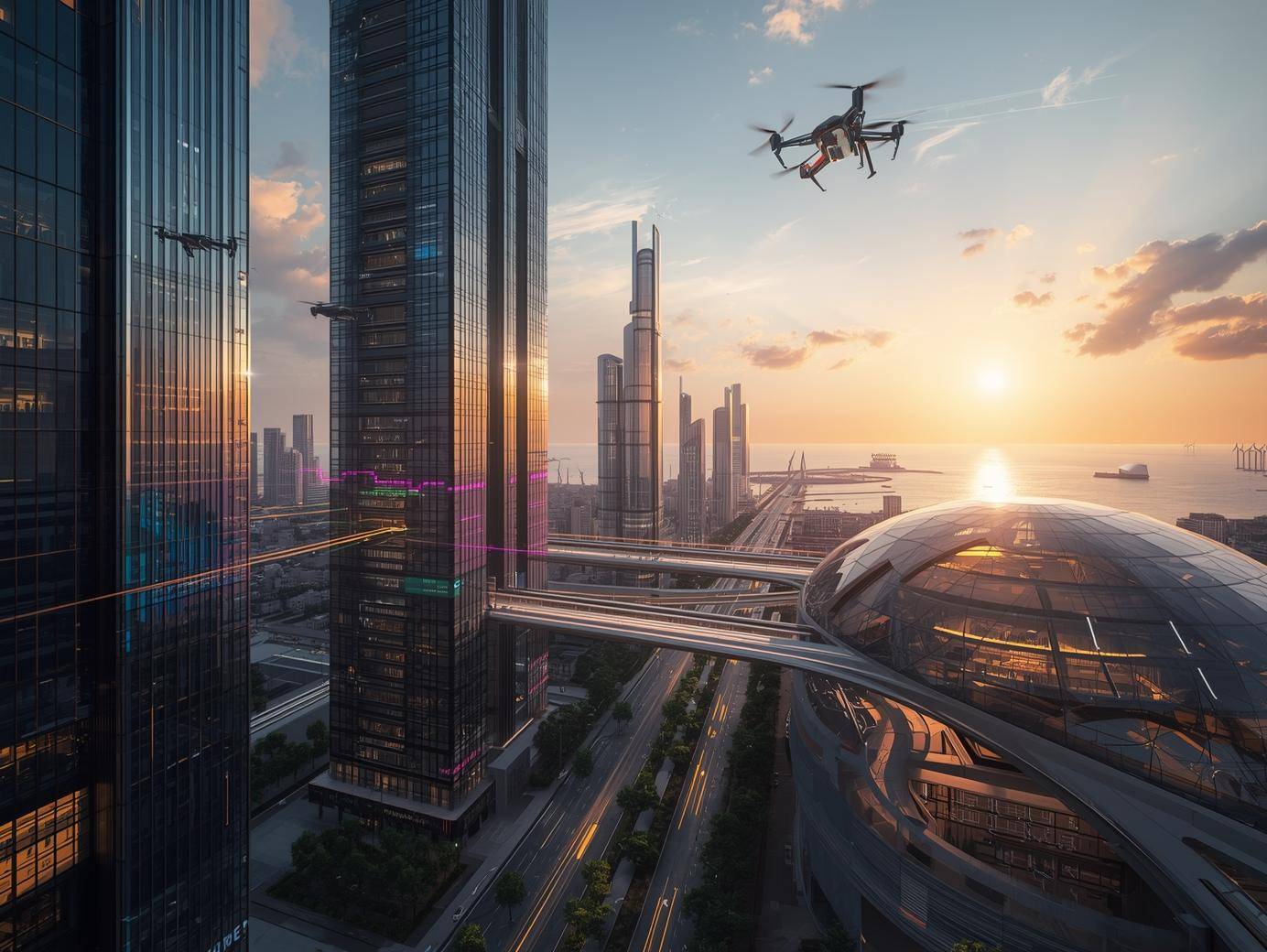Billion-Dollar Smart Cities Being Built from Scratch

Imagine waking up in a city that looks like it was pulled straight out of a sci-fi movie. No traffic jams, no smog, no messy wires crisscrossing above your head. Instead, self-driving shuttles pick you up on time, solar panels glitter across rooftops, and green parks weave between futuristic skyscrapers. Sounds like a dream, right? Well, believe it or not, governments and mega-developers around the world are actually trying to build these kinds of cities from scratch—and they’re pouring billions into making it happen.

One of the biggest headline-grabbers is Saudi Arabia’s NEOM project. This isn’t just a single city; it’s a whole region of planned communities, including “The Line,” a mind-bending 105-mile stretch of mirrored towers that’s supposed to house millions of people. The promise? Zero cars, zero streets, and zero carbon emissions. Everything you need—schools, shops, and offices—will be just a short walk or quick ride away. It’s futuristic, bold, and maybe just a little crazy. But with hundreds of billions on the line, Saudi Arabia is betting big that people will want to live in this new kind of city.
Then there’s Songdo in South Korea, one of the world’s earliest attempts at a smart city. Built on reclaimed land near Incheon, Songdo has sensors built into almost everything. Trash disappears through underground chutes, traffic lights adjust based on real-time data, and high-tech buildings are designed to sip, not gulp, energy. While it doesn’t grab headlines like NEOM, Songdo quietly shows how tech and planning can create a smoother way of living.

Don’t forget about Masdar City in Abu Dhabi. This was pitched as one of the first fully sustainable cities on Earth, with solar farms, shaded walkways, and a focus on renewable energy. It hasn’t exactly lived up to its massive hype, but even if it’s not perfect, it sparked global conversations about what cities could look like if we ditch fossil fuels and design for people instead of cars.
The big question is: will people actually want to live in these futuristic metropolises? Building them is one thing but filling them with real communities is another. After all, a shiny skyscraper doesn’t mean much if no one wants to move in. Some critics say these billion-dollar smart cities feel more like experiments or luxury playgrounds for the rich. Others argue that as populations grow and climate change ramps up, we’ll need bold solutions like this to survive.
Either way, the race is on. From Asia to the Middle East, governments are throwing insane amounts of cash at the idea of building cleaner, smarter, greener cities. Maybe they’ll succeed, maybe they’ll stumble, but one thing’s for sure—these billion-dollar visions are changing how we think about the future of urban life. And who knows? In a few decades, you might just find yourself living in one of these sci-fi cities, sipping your morning coffee while a drone delivers your groceries right to your balcony.
